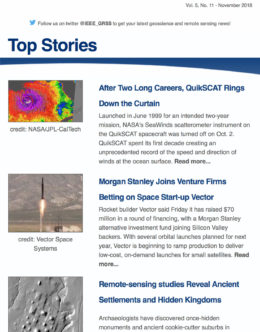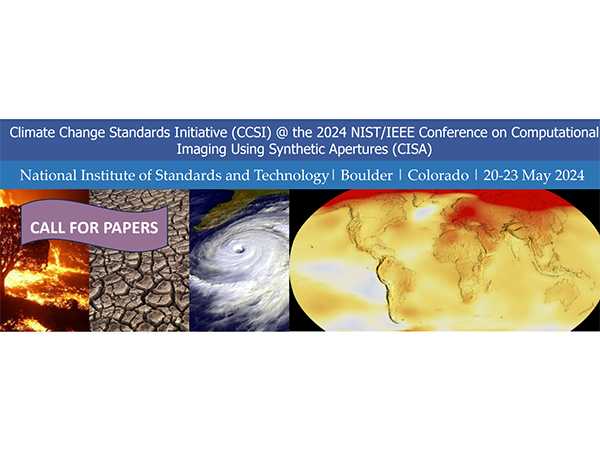elib.dlr.de/82313/1/SAR-Tutorial-March-2013.pdf
Synthetic Aperture Radar (SAR) has been widely used for Earth remote sensing for more than 30 years. It provides high-resolution, day-and-night and weather-independent images for a multitude of applications ranging from geoscience and climate change research, environmental and Earth system monitoring, 2-D and 3-D mapping, change detection, 4-D mapping (space and time), security-related applications up to planetary exploration. Today, more than 15 spaceborne SAR systems are being operated for innumerous applications. This paper provides first a tutorial about the SAR principles and theory, followed by an overview of established techniques like polarimetry, interferometry and differential interferometry as well as of emerging techniques (e.g., polarimetric SAR interferometry, tomography and holographic tomography).



























